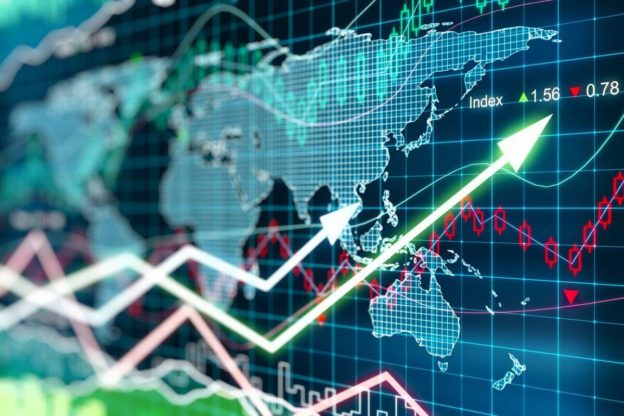One of the primary goals of investing in the overseas market is to diversify an investor’s portfolio so that one is not fully exposed to their domestic country’s political, economic or currency risk.
 With the right balance and understanding, one can create a well-diversified portfolio across different asset classes to optimize the portfolio.‘Global Investing’ is simply investing in markets outside India. The primary goal of investing in the overseas market is two-fold:
With the right balance and understanding, one can create a well-diversified portfolio across different asset classes to optimize the portfolio.‘Global Investing’ is simply investing in markets outside India. The primary goal of investing in the overseas market is two-fold:
- To diversify an investor’s portfolio so that one is not fully exposed to their domestic country’s political, economic or currency risk; and
- To invest in opportunities that may not exist in the domestic markets
The first part, diversification, is easy to understand. Creating a portfolio of all domestic investments is akin to keeping all your eggs in a single basket. Global Investing helps to balance risk and reward in your investor’s portfolio.
The second part is also intuitively understood. We cannot assume that all the best opportunities to invest are available in our own country. There are so many companies and brands that we are all familiar with, be it Apple, Microsoft, or Samsung, but we do not have the opportunity to invest in them in the domestic market. Thereby, global investing opens a plethora of opportunities in the field of technology and innovation.
Optimal Allocation
In any other investment, there are some risks involved with global investing and a degree of understanding is required to ensure that they fit well into the overall portfolio of an investor client. With the right balance and understanding, one can create a well-diversified portfolio across different asset classes (including global investment) to optimise the portfolio. Advisors recommend investing 10-15 per cent of an investor’s overall portfolio in offshore markets for a balanced approach.
Look Beyond
Two areas that global investments need to access the right opportunity are in the field of technology and innovation. Selective fintech providers now enable the identification of some of these opportunities and have created investment baskets that offer investors an intuitive way to gain exposure to “what’s next”. These opportunities provide access to trends that are structural in nature and are expected to play out over decades and through market cycles.
Themes such as Machine Learning, Autonomous Vehicles, 3D Printing, Robotics, E-commerce, Energy Storage, Blockchain Technology, etc, are expected to be a part of future trends. Investors’ portfolio exposure to these trends in the Indian domestic market is nearly non-existence.
Examples of Indian Investor Portfolios designed to tap global investment opportunities
Disruptive Innovation Portfolio (DIP)
Investing in a basket of stocks that have enabled a new product or service that could potentially change the way the world works. This portfolio aims for thematic multi-cap exposure to innovation across sectors in the US markets.
Megatrends Portfolio (MT)
Evidence of megatrends is all around from robotics to genomics to clean energy. Choosing which company will become the leader in a theme can be difficult – what company will put forth the next life-changing medical breakthrough or the best self-driving vehicle?
Our portfolio, for instance, holds a range of ETFs which in turn holds a range of companies positioned to benefit from a trend that may be more effective than trying to pick individual winners.
Silicon Valley Portfolio
This portfolio majorly invests in tech giants based in the US. The portfolio seeks to track stocks traded in the US from the technology sector and select technology-related companies from the communication services and consumer discretionary sectors.
Demystifying myths about Global Investing
1: Global Investing is for high-net-worth individuals (HNIs):
While it is true that access to this was limited to only HNIs, investing offshore is now accessible to all. Investing in any of these themes can be done with an initial investment of a minimum of $1,000 and subsequent top-ups can be done with a minimum investment of $250 or more.
2: Global Investing is complex and expensive:
The entire process for investing and tracking has been simplified. Execution is seamless and digital, and the consolidation of all investments, including investors domestic Mutual Funds, allows effective tracking. The expense ratio for these funds range from 1.5 per cent to 2.5 per cent and are in line with that of other Equity MFs and FoFs.
3: Are the Brokers executing transactions safely?
The baskets chosen are for the US markets only, and all trade execution is done by a US broker, who is a regulated entity. Further, the US brokerage ecosystem recommends that every investor account should have insurance. Investors need to assure that their brokerage partner is a member of the Securities Investor Protection Corporation (“SIPC”) that currently protects the securities and cash in your Account up to $500,000 of which $250,000 may be in cash.
https://www.financialexpress.com/money/investment-trends-why-advisors-want-investors-to-diversify-a-portfolio-with-global-stocks/2213827/







